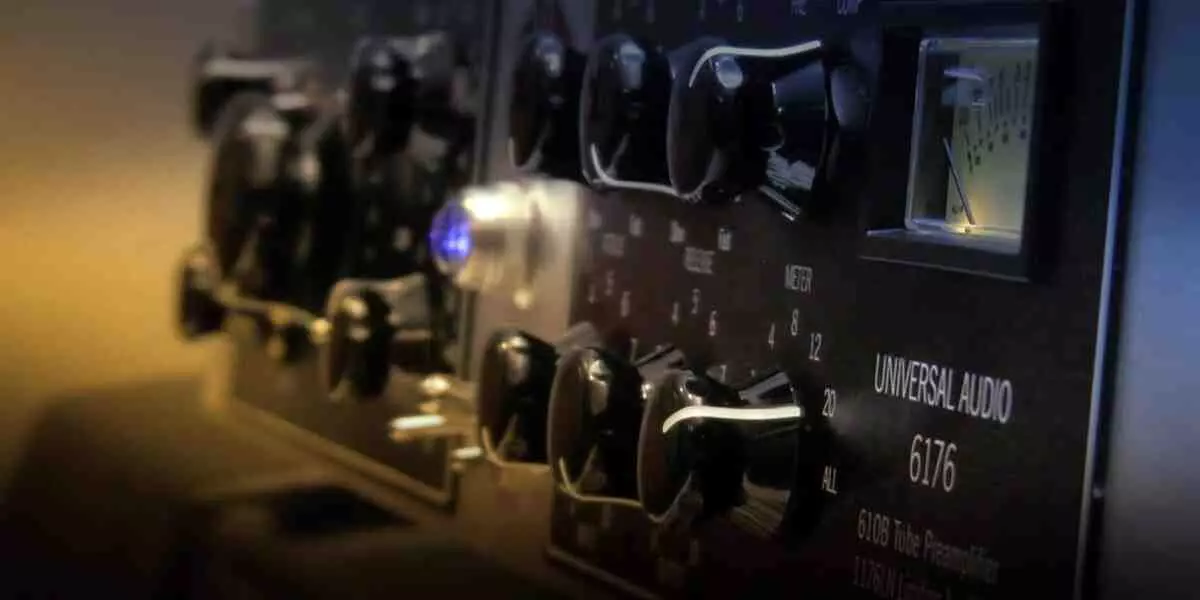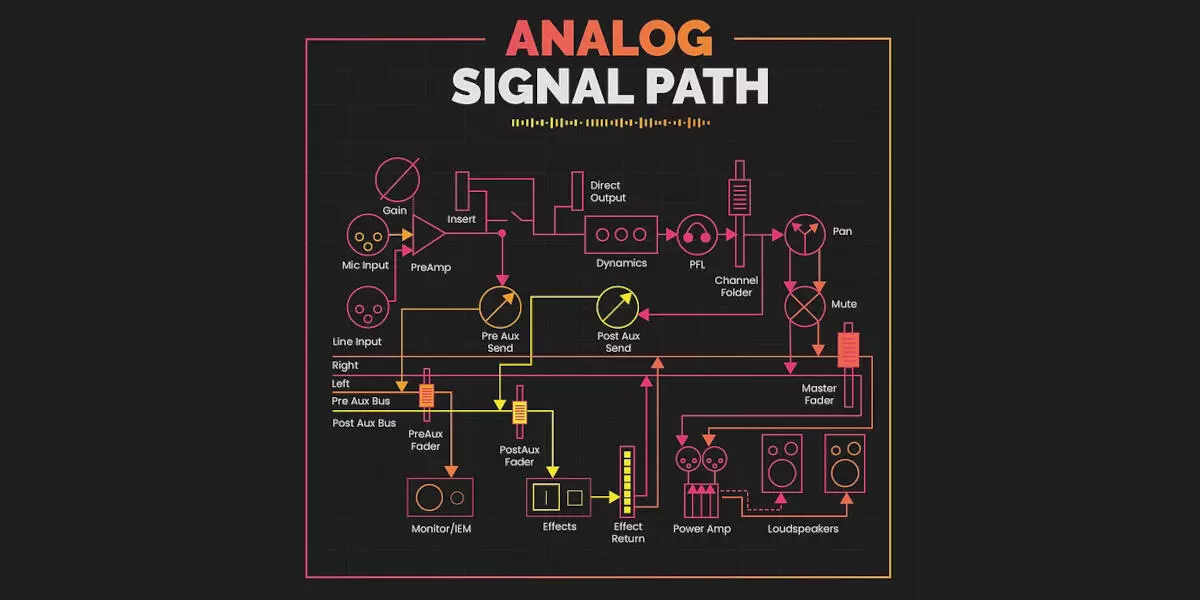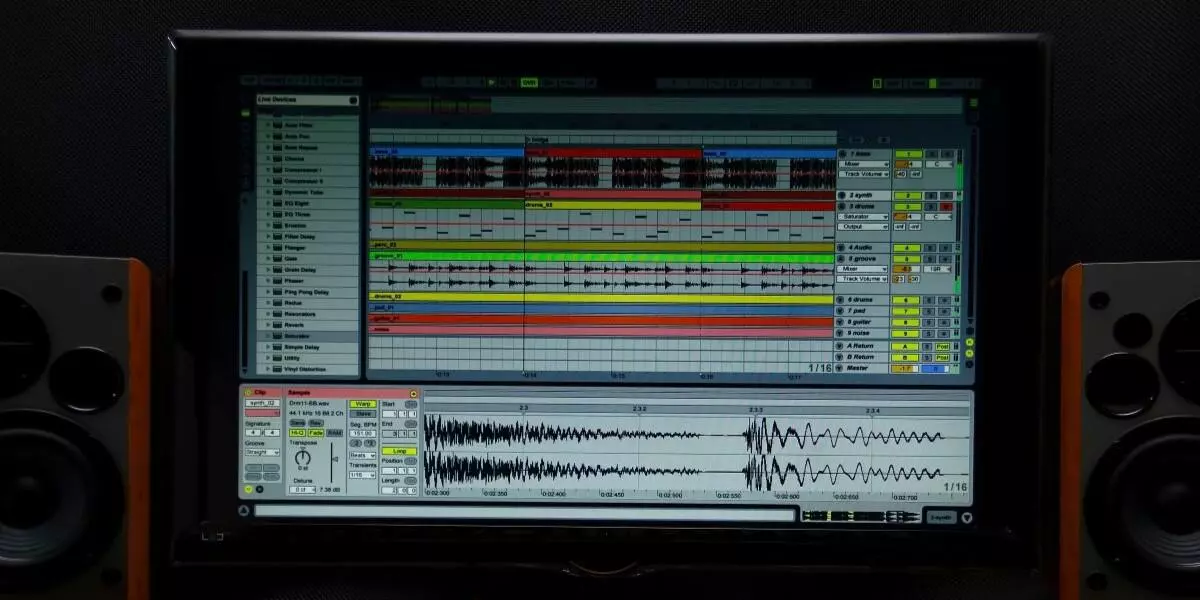Mixing with Clarity

Ever find yourself at that frustrating stage in the mixing process, where the song's levels and frequencies are well balanced, the overall tone feels good, but something still isn't quite right, and you can't quite put your finger on it? It's like there's a veil over your mix, making things sound out of focus, and lacking the detail and polish that you know it still needs.
This lack of clarity can happen for multiple reasons, and it's not always fixable with EQ alone. So here are a few tricks to bring out those missing details in your mix, without destroying the balance, warmth and punch you've spent hours achieving.
1: Finding each part a “home.”
Sometimes, an issue can arise where each track sounds pretty darn good on its own, but collectively, certain parts get lost in the full mix. Many times this is due to more than one track having similar resonant qualities, fighting each other for space. If your over-driven guitar track has a naturally occurring resonant peak at a certain frequency, say 1 KHz for example, and so does your singer, the two tracks will sometimes clash, resulting in both of them becoming less clear, an effect sometimes known as masking.
The simplest solution is to throw a spectrum analyzer plug-in on both of the conflicting tracks, to see if any particular frequency seems to be “jumping out” on both of them. In the above example, I often find that cutting a couple of decibels on a mid-range frequency of the guitar track, and boosting slightly at the same frequency on the vocal, will allow you to not only separate them effectively, but also allow the guitar to then be boosted slightly overall, bringing out frequencies “around” the vocal track, letting them both be heard more distinctly. Flipping the phase on one of the two tracks can sometimes help to separate them from each other as well. But be careful doing this, especially on stereo or hard-panned parts, as it can cause issues if or when the stereo image is collapsed, as happens a lot with radio and/or MP3 conversion. As a rule, always check your mixes in mono before making a final mix.
2: Removing the grunge.
Depending on mic technique and a myriad of other factors, you'll sometimes find that certain tracks will have a significant amount of unexpected low frequency or subsonic content that simply isn't necessary for the part to be musical. A common offender is cymbal overheads and hi-hats, but also on vocal tracks, acoustic guitars, and synths.
Again, place a frequency analyzer on your tracks, one by one, and you might be surprised to see how many of them have unnecessary mud and rumble in the 200 Hz and lower range. In a standard rock mix, there's often no point in your hi-hat, vocals, or anything else other than kick, bass, and floor toms having any amount of low frequency grunge running through them, even if it's at a low-level. This is where the high-pass filter is your friend: set up a high-pass (also known as a low shelving EQ) on almost every part, removing any low-frequency material that doesn't seem essential, or musical. Your mixes will not only breathe like they never have before, but you'll find that the non-high-passed bass, kick, and tom parts will suddenly have an almost literal “pocket” to sit in, making them seem warmer, deeper, and clearer.
3. Noise-floor clean-up.
The current generation of mic pres and A/D converters tend to be very low noise, but that still doesn't mean that low-level hiss, hum, and room noise can't build up by the time you reach 20+ tracks. Especially with any style of music that's going to be compressed in the final mastering stages (rock, pop, R ‘n’ B, metal, hip-hop, and most electronic styles), you'll usually want to spend the extra time going through all of your tracks, and erasing or gating out the noise in between takes. It will make a difference.
4. Panning.
One obvious but oft-forgotten way to separate mutually-masking tracks is to literally split them up, panning one part toward the left and the other toward the right. Keep in mind that extreme, hard-left/hard-right settings can sometimes sound unnatural, with the possible exception of hard-panning double-tracked parts, like acoustic guitars or backing vocals.
5: Post processing.
There are tons of plugins on the market that purport to “auto-magically” remove masking and add clarity. Some work better than others, and some have side effects to be aware of.
Popular options are the Exciter plugin in Izotope’s Ozone 8 Advanced, the Vitamins Sonic Enhancer plugin from Waves, and the Precision Enhancer KHz from Universal Audio. They all work in complex and slightly different ways, adding subtle harmonics to a number of different frequency bands simultaneously. Each can do a remarkable job of “lifting” the details out of certain elements, but don't be too heavy-handed with it. Too much of this kind of processing can make individual parts, or even an entire mix, sound harsh and thin.
iZotope's Neutron 2 plugin system is a more modern approach, using algorithms based on psycho-acoustic properties, analyzing each track with separate plug-ins that communicate with each other dynamically, intelligently finding and reducing masking conflicts on the fly. It too requires a fair amount of processing power from your computer, and a bit of tweaking to get the best results, but it can also be a real timesaver.
This list is hardly comprehensive, and there's a lot more detail to get into...pun intended. In the end, just remember that the small things can make all the difference between a track that sounds like a demo, and a track that sounds like it's ready for a professional release.
* * *
Jeff Carter is an artist, producer, studio engineer, and synthesizer aficionado, known for his work with electronic music of all kinds, including live bands, scores for independent film, sound design for film and video games, as well as production and remix work for Canadian new wave artists the Spoons. He's the Keyboard and Recording Specialist at Long & McQuade Cambridge.






